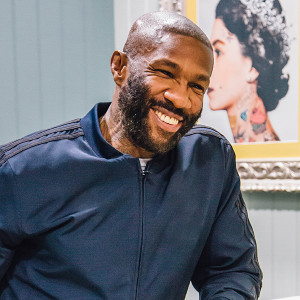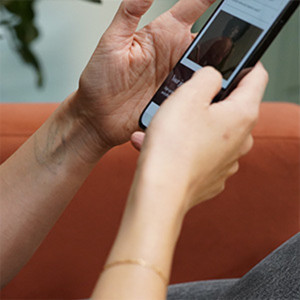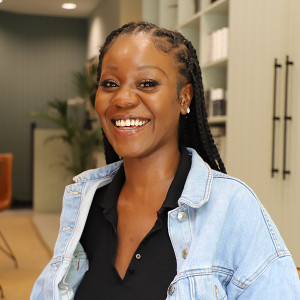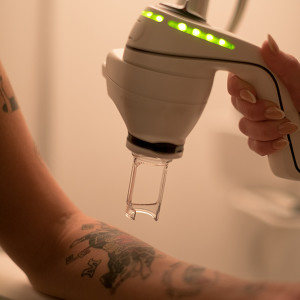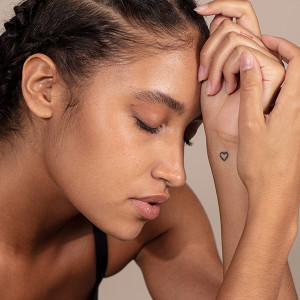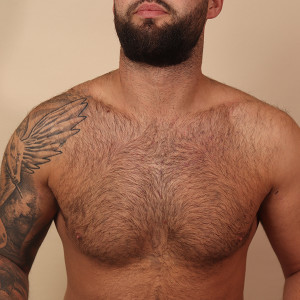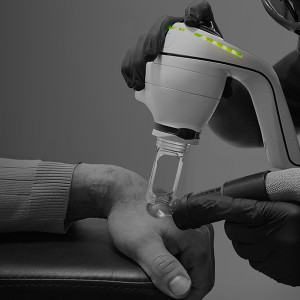Irish and Celtic history
The Celts are one of the oldest tribes in the world, with signs of Celtic culture evolving as early as 1200 BC. Their legacy is still found in society today, and for those with Celtic roots, such as the Irish, tattoos are often used to celebrate that heritage. Believed to originate in Central Europe, Celtic culture and language continues to be most prevalent in Ireland, Scotland, Wales, Cornwall, the Isle of Man, and Brittany; known collectively as the ‘Celtic nations’. Historically, the Celts used tattoos in various ways. Celtic warriors often displayed tattoos to intimidate enemies in battle, and tribes also used them for protection and to signify rites of passage. This could be coming of age, victories in war, or other great deeds.
Publish Date in article
Traditional Celtic tattoos
Celtic tattoos are heavily tied to nature and the five elements: earth; water; fire; air and space. You will often see three intertwined parts in Celtic symbols and knotwork, which might correspond to earth, sky, and sea; past, present and future; and mind, body and spirit. As Christianity spread throughout Europe, the three parts also came to represent the Holy Trinity.
Publish Date in article
The Celtic cross
By far one of the most noticeable symbols of Irish heritage, the Celtic cross is similar in shape to the Christian cross with a few noticeable differences. These being a circle that wraps the arms, intricate knotwork and other adornments. It is commonly seen as a symbol of strength and the elements.
The triquetra
The triquetra is a Celtic knot used as a sign of protection and a symbol of the Holy Trinity. The three interlocking loops have no clear beginning or end, signifying infinity and making the triquetra a distinctive Irish symbol.
Publish Date in article
Publish Date in article
The harp
As the official emblem of Ireland, it is no surprise that the harp has become a popular Irish tattoo. Harps are seen throughout Irish culture, from Dublin’s Samuel Beckett bridge to the unmistakable Guinness logo, and are said to be a symbol of the soul’s immortality.
Gaelic phrases
The ancient Celtic language is still taught and spoken in Ireland today, and is one of the two official languages of the Republic of Ireland (English being the other). As a subtle way to honour their heritage, some people choose a Gaelic phrase as a tattoo. This might be their favourite saying translated into Gaelic or a traditional Gaelic phrase. Popular choices include:
"Mo Chuisle" - My love or pulse of my heart
“Tada Gan Iarracht” - Nothing without effort
“Gra’ Mo Chroi” - Love of my heart
Publish Date in article
The tree of life
Known in Gaelic as ‘Crann Bethadh’, the Celtic tree of life takes on a circular shape. The branches intertwine to become knots before reaching back down to the roots, creating an endless loop that symbolises the cycle of life. According to ancient Celtic beliefs, the Crann Bethadh was a sign of wisdom and hope, and still holds much significance in Ireland today, making it a popular tattoo choice.
The Claddagh tattoo
The Claddagh tattoo remains one of the most popular choices for those wanting to commemorate a loved one. Comprising two hands holding a heart and topped with a royal crown, the image is traditionally seen in the Claddagh ring and represents love, loyalty and friendship. With such meaningful roots, it’s unsurprising it’s now a favoured choice of tattoo.
Publish Date in article
The Shamrock
As the national flower of Ireland, the Shamrock is arguably the most distinct symbol of Irish culture and is a highly popular Celtic tattoo. According to legend, St Patrick, who was responsible for spreading Christianity throughout the Celts, would use clovers as a symbol for the Holy Trinity. Today, the clover remains a Christian symbol that’s also come to symbolise good luck. The Shamrock is often confused with the four-leaf clover, so it’s important to remember the Shamrock has three (not four!) heart-shaped leaves.
Publish Date in article
As you can see, there are many ways the Irish choose to honour and represent their roots through tattoos, and the Celtic legacy lives proudly on in modern society.
